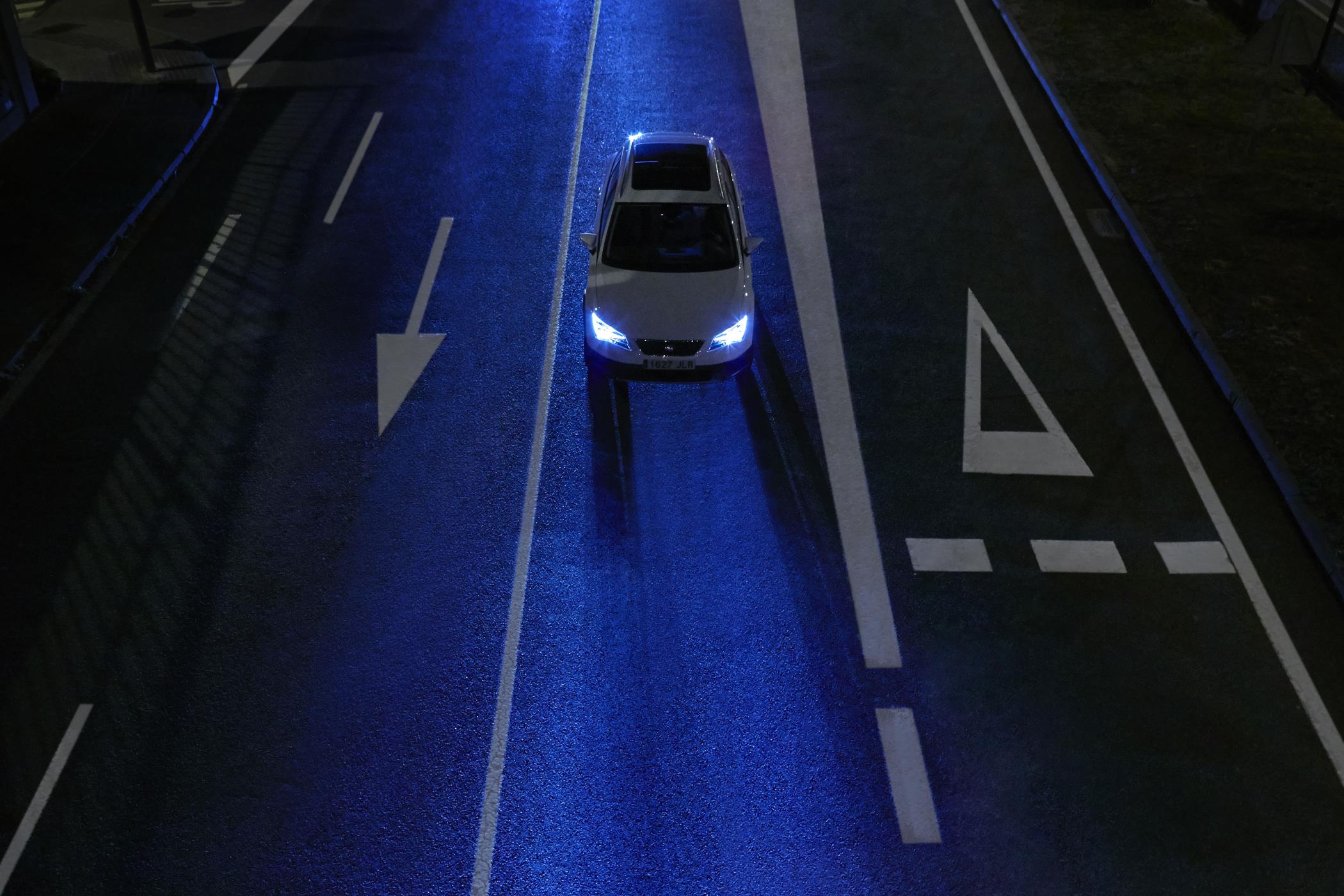How to stay safe when driving in the dark
With the clocks about to change and winter nights rolling in, drivers will often find themselves driving in the dark – here are some tips to stay safe

Winter is coming, and that means the sun is rising later and the evenings are quickly becoming shorter.
For those of us commuting to and from work every day, we’ll be going from spending time in the car in bright sunshine to driving about in much darker conditions. If you’re new to driving in the dark, or simply haven’t done it for a while, it can be rather daunting.
Looking for some tips to stay safe when driving in the dark? We’ve got a handful for you…
Check headlights are working — and use them

Before setting off in darker conditions, give your headlights a test to see if they’re still working. If you haven’t used them over the summer at all, it’s very possible the bulbs could be out and you may not have noticed.
Ensure that you switch in new bulbs as soon as possible if they have blown, and it’s worth investing in a spare set just in case it happens while out on the road. Most importantly though, ensure your headlights are on — both so you can see the road ahead, and so other drivers can see you.
Avoid leaving high-beams on

Though it’s important to have your headlights on, it can be equally as dangerous to yourself and other road users if you leave them on their high-beam setting compared to having them completely switched off.
Visibility for yourself may be improved — which is great if you’re the only car driving down a dark country road — but keeping them on can dazzle drivers ahead of you and those oncoming too, which vastly increases the risk of an accident. If you’re unsure how to check if your high beams are on, look in your instrument cluster — if you see a blue headlight symbol on, this typically means the lights are in their brightest setting.
Switching them off usually involves pushing the indicator stalk towards you. To turn them on, it’s the opposite action — pushing it away from yourself.
Test your brake lights

We’re sticking on the topic of lights as they’re very much the key to driving in the dark. Though you should always ensure your brake lights are functioning (it’s illegal if you’re driving around with them not working), it’s especially important in the dark.
That’s because drivers behind are less likely to see you coming to a stop in the reduced visibility conditions that driving in the dark brings, which in turn ups the risk of an accident. You can either borrow a friend or family member to check to see if your brake lights are working by them standing at the rear of the car while you push the pedal while stationary.
Alternatively, park the rear of your car against a wall or reflective surface, and use your mirrors to see if there is a red glow from the lights when pressing the brake pedal.
Keep windscreen washer fluid at a good level
Again, having sufficient washer fluid is something you should always strive to achieve, but it’s an especially important point in the dark.
Visibility is reduced as it is in the dark, and that’s only worsened by grime and other road dirt that is flung up onto the windscreen — which is especially more of a problem over the colder, wetter months.
Leave more room for the car in front

When following a car in the dark, it’s safer to give the driver ahead a little bit more room than you usually would.
That’s because in the dark, obstacles and potential hazards that could be easily seen in ideal daylight conditions may be obscured — presenting a possible unexpected danger. With this in mind, it’s more likely the car in front may have to brake suddenly.





